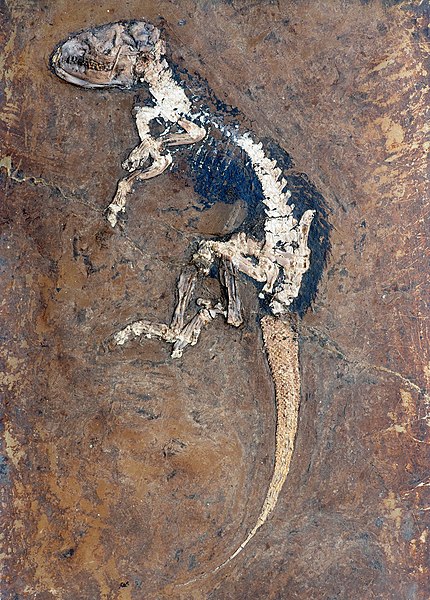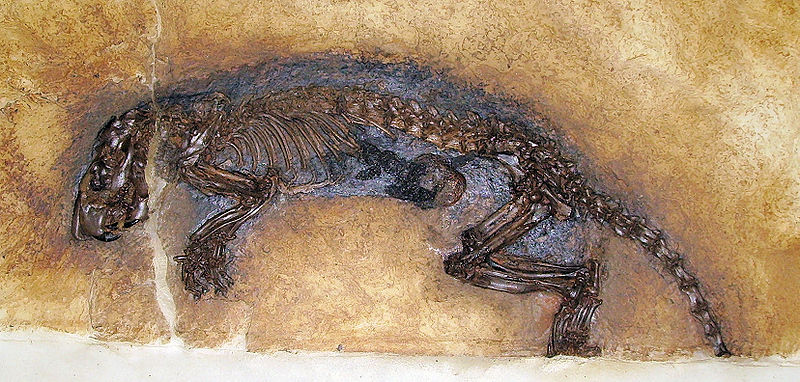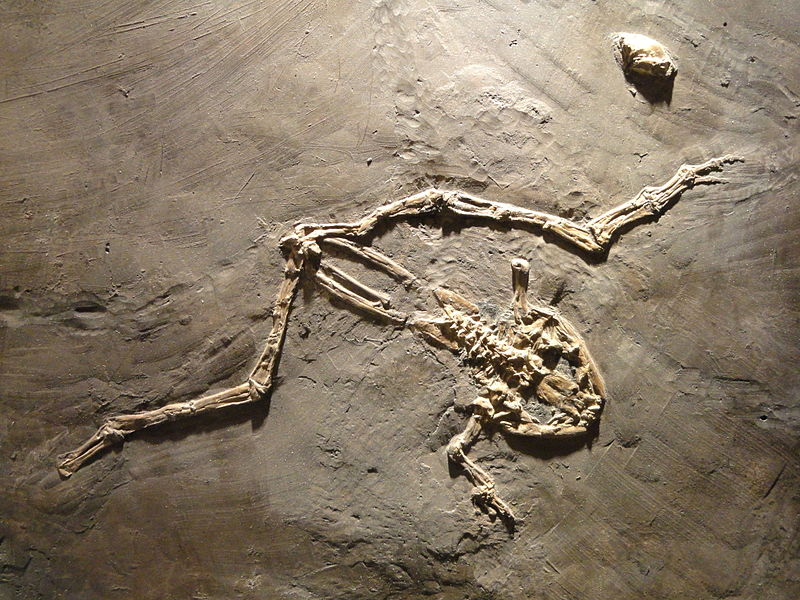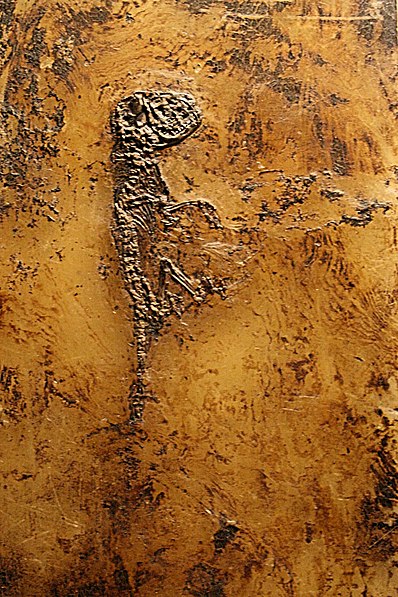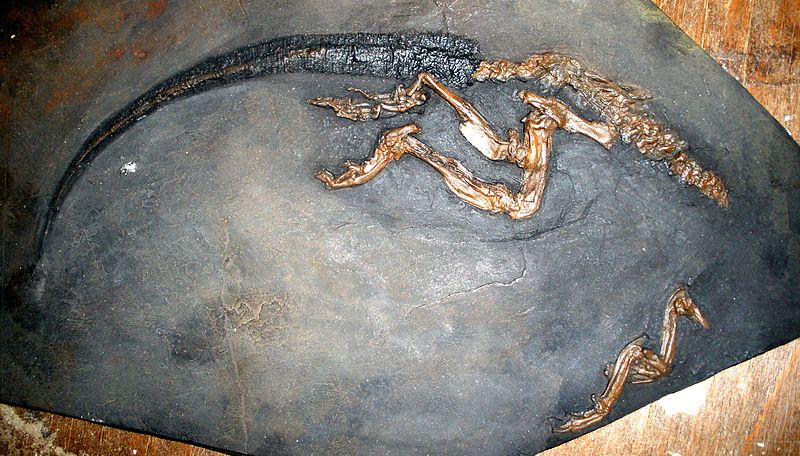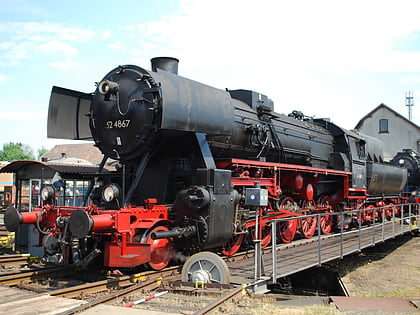Messel pit
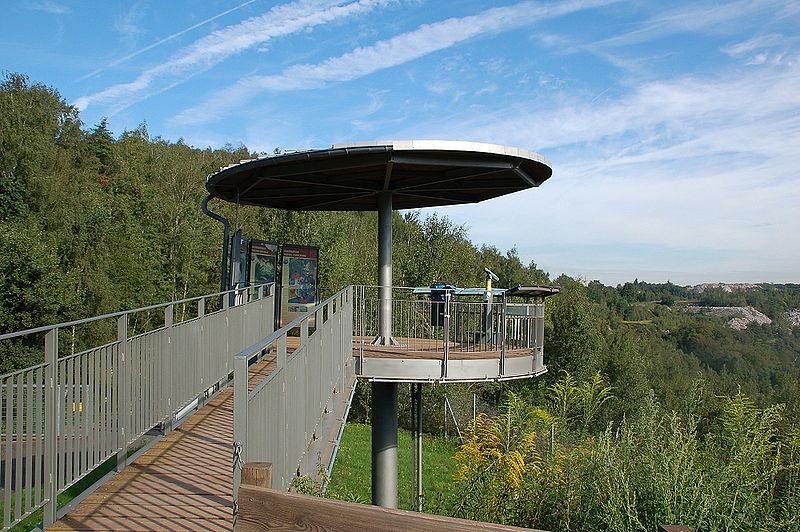
Facts and practical information
The Messel Pit, situated in Germany, is a prehistoric site of unparalleled significance. This former quarry reveals a remarkable window into the Eocene epoch, approximately 47 million years ago, providing a snapshot of early mammalian evolution. The site is most famous for its exceptional preservation of fossils, including not just bones but also soft tissues, feathers, and even stomach contents of various species.
Declared a UNESCO World Heritage Site in 1995, Messel Pit offers scientists and the public alike a unique glimpse into the past. The variety of fossils found here includes early horses, reptiles, birds, and the iconic Darwinius masillae, often referred to as "Ida," a primate fossil that has contributed significantly to our understanding of primate and human evolution.
The remarkable state of fossil preservation is attributed to the site's anoxic conditions at the bottom of the ancient lake that once existed here, which prevented decay and scavengers from destroying the remains. This has allowed for extraordinary detail in the fossils, including the discovery of color pigments in feathers, which sheds light on the appearance of these prehistoric creatures.
Messel pit – popular in the area (distance from the attraction)
Nearby attractions include: Darmstadt Artists' Colony, Russische Kapelle, Jugendstil Bad, Großer Woog.


